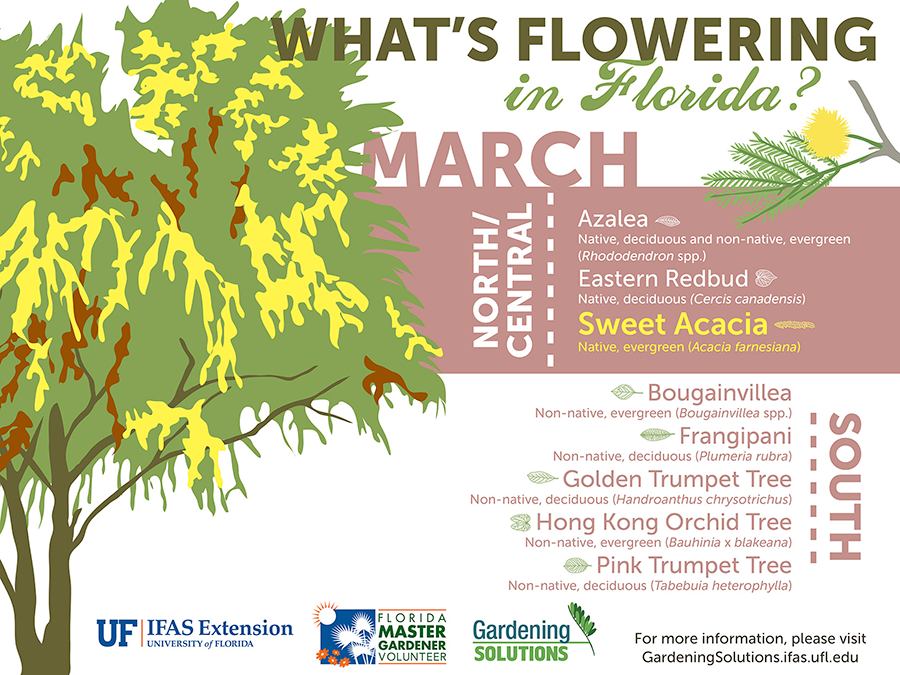Mastering Tree Trimming: Trick Methods For A Flourishing Landscape
Mastering Tree Trimming: Trick Methods For A Flourishing Landscape
Blog Article
Web Content Created By-
When it involves developing a landscape that flourishes, understanding the art of tree pruning is a must. Envision having the ability to sculpt your trees with accuracy, guaranteeing their vitality and elegance for years ahead. By finding out the vital techniques for proper cuts, timing, and structural training, you hold the key to a thriving exterior area that will certainly impress all who experience it. However just how do these trimming techniques really affect the health of your trees and the general landscape visual?
Proper Pruning Cuts for Tree Health And Wellness
When it involves maintaining the wellness of your trees, making appropriate pruning cuts is essential. Wrong cuts can result in illness, insect invasion, and general tree decline. To guarantee the vitality of your trees, constantly begin by utilizing sharp, clean devices to make exact cuts.
Begin by determining the branch collar, an inflamed location where the branch attaches to the trunk. Cutting simply outside the collar helps advertise appropriate healing and minimizes the threat of infection. Avoid leaving arborist business software as they can invite insects and diseases into the tree.
Read More Listed here in mind to make cuts at a mild angle, sloping far from the trunk, to prevent water from pooling on the injury. Furthermore, eliminate any dead, damaged, or crossing branches to improve air flow and sunshine infiltration.
Timing and Frequency of Pruning
To keep the wellness and framework of your trees, understanding the ideal timing and regularity of trimming is crucial.
The best time to trim trees is commonly throughout the dormant period in late winter months or early springtime. Trimming during this period aids promote brand-new growth once the tree begins budding in the springtime.
Nevertheless, some trees, like spring-flowering ones, are best trimmed right after they complete flowering to prevent removing next year's flower buds.
Regular pruning is important, but the frequency depends upon the tree species and its growth rate. For a lot of trees, an annual inspection to remove dead, infected, or going across branches is advised. Youthful trees may call for more constant trimming to establish a strong framework, while fully grown trees may only require upkeep pruning every few years.
Avoid trimming during the fall when conditions are extra easily spread, and refrain from hefty trimming during the summertime when the tree is proactively expanding.
Training Young Trees for Structure
For developing solid and healthy and balanced trees, training young trees for optimum framework is important. By forming a tree when it's young, you established the structure for a strong and visually enticing mature tree.
Begin by determining the central leader, which is the major upward-growing branch. Urge the central leader's growth by pruning away completing leaders, assisting the tree establish a solid central trunk. In addition, eliminate any branches that grow inward or downward, as they can trigger structural problems as the tree expands.
It is essential to room out side branches uniformly around the trunk to advertise well balanced growth. As the tree develops, remain to check its growth and trim as needed to preserve its shape and structure.
Correctly trained young trees are much less likely to establish weak crotches or overcrowded branches, lowering the danger of damages during storms. Spending time in training young trees will pay off with a perfectly structured and durable tree in the future.
Conclusion
Now that you have actually grasped the vital techniques of tree pruning, your landscape gets on its method to flourishing. By utilizing sharp devices, making specific cuts, and effectively timing your trimming sessions, you are guaranteeing the health and wellness and durability of your trees. Remember to routinely evaluate and maintain your trees to keep them growing. With your newly found knowledge, your landscape will certainly continue to grow wonderfully for several years to come. Keep up the magnum opus!
